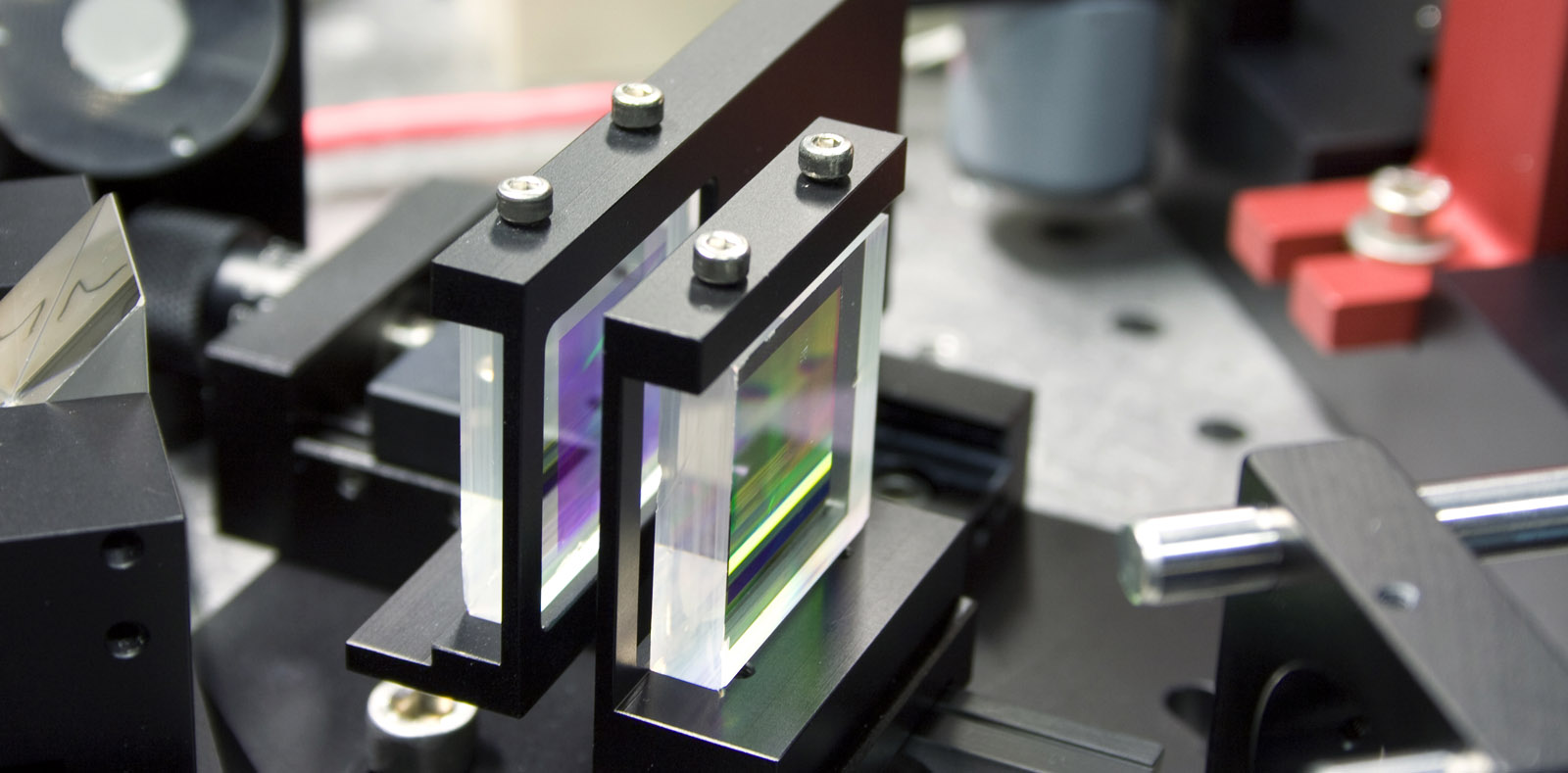Contents

Source: Ferdinand-Braun-Institut
<>
Spectral Beam Combining in High-Power Laser Sources
The term spectral beam combining refers to a technique used in power scaling by combining multiple high-power laser beams into a single beam with increased power while maintaining beam quality and brightness. This method is different from coherent beam combining, which is discussed separately.
Principle of Spectral Beam Combining
The principle of spectral beam combining involves combining laser beams with non-overlapping optical spectra using wavelength-sensitive beam combiners such as prisms, diffraction gratings, dichroic mirrors, or volume Bragg gratings. By aligning the beams based on their wavelengths, a single high-power beam is created.
Applications and Advantages
Spectral beam combining is commonly used in multi-line lasers and can be applied to various types of laser sources, including diode arrays and fiber lasers. One of the key advantages of spectral beam combining is that it does not require mutual temporal coherence of the combined beams, making it easier to achieve stable operation at high power levels.
Limitations and Considerations
While spectral beam combining offers increased power and brightness, it may result in a multi-wavelength output, which may not be suitable for applications requiring narrow-bandwidth outputs. Additionally, thermal effects on the wavelength-sensitive beam combiner can limit the scalability of power levels.
Overall, spectral beam combining is a valuable technique for enhancing the power and performance of high-power laser sources, with applications in various fields including materials processing, medical treatments, and scientific research.

Source: Fraunhofer IOF – Fraunhofer-Gesellschaft
Feel free to comment your thoughts.



